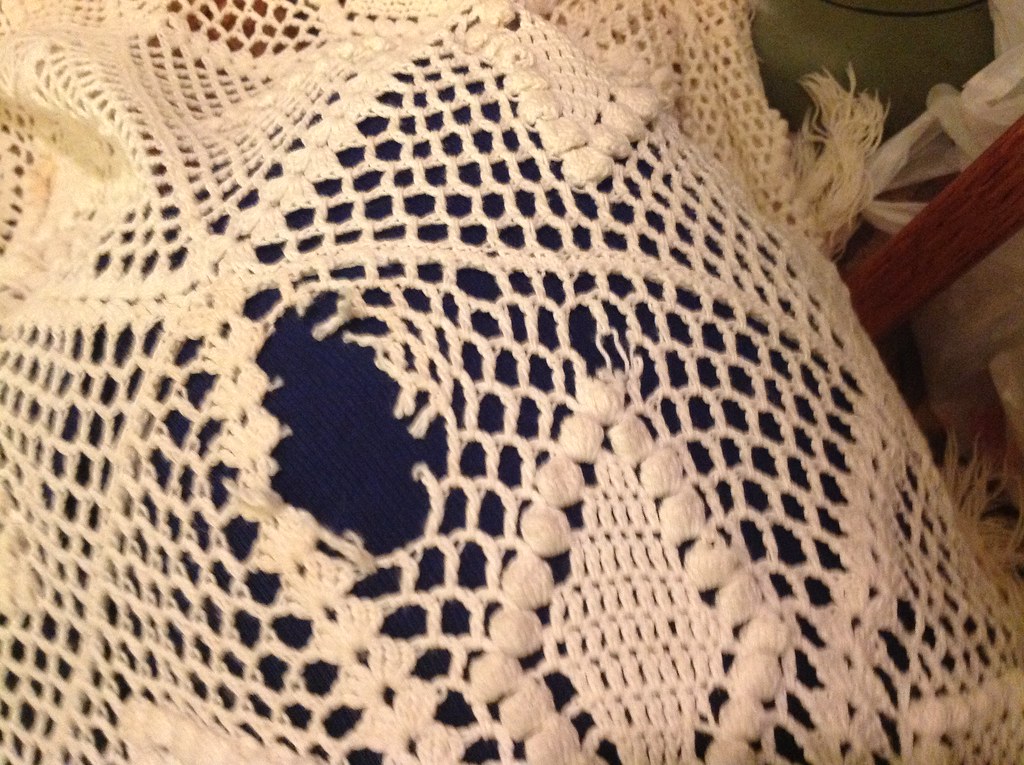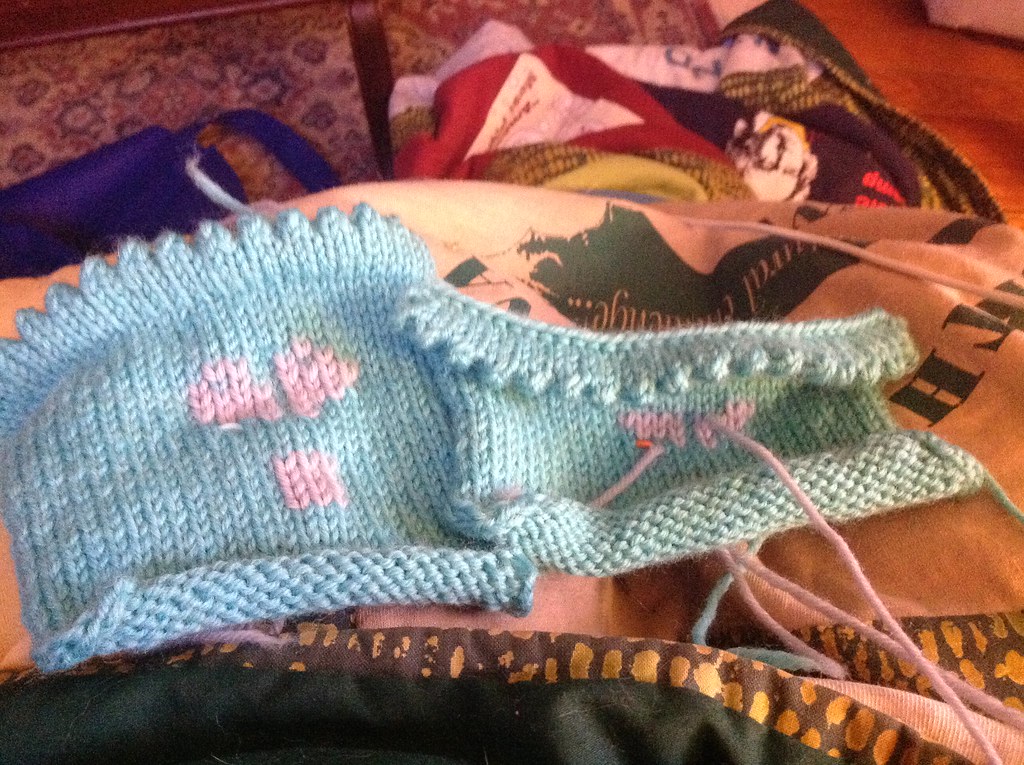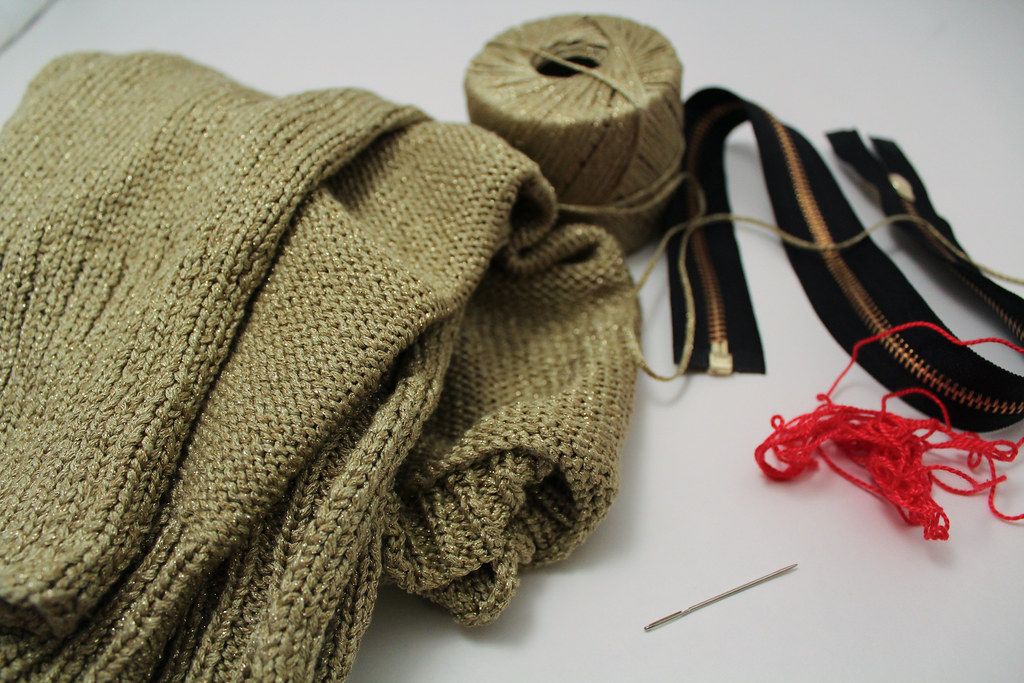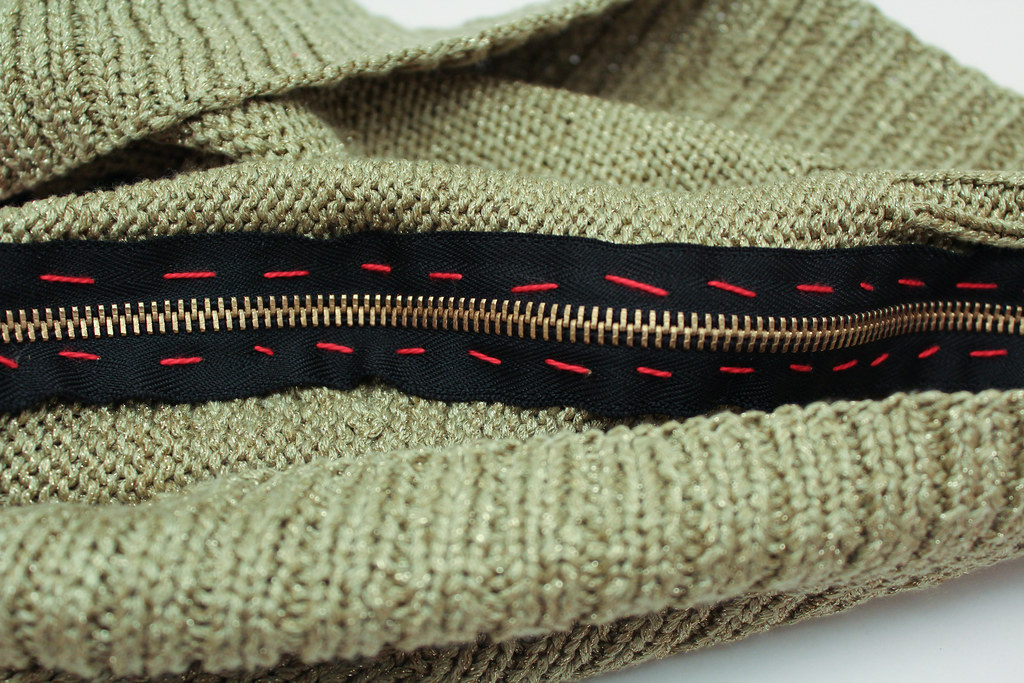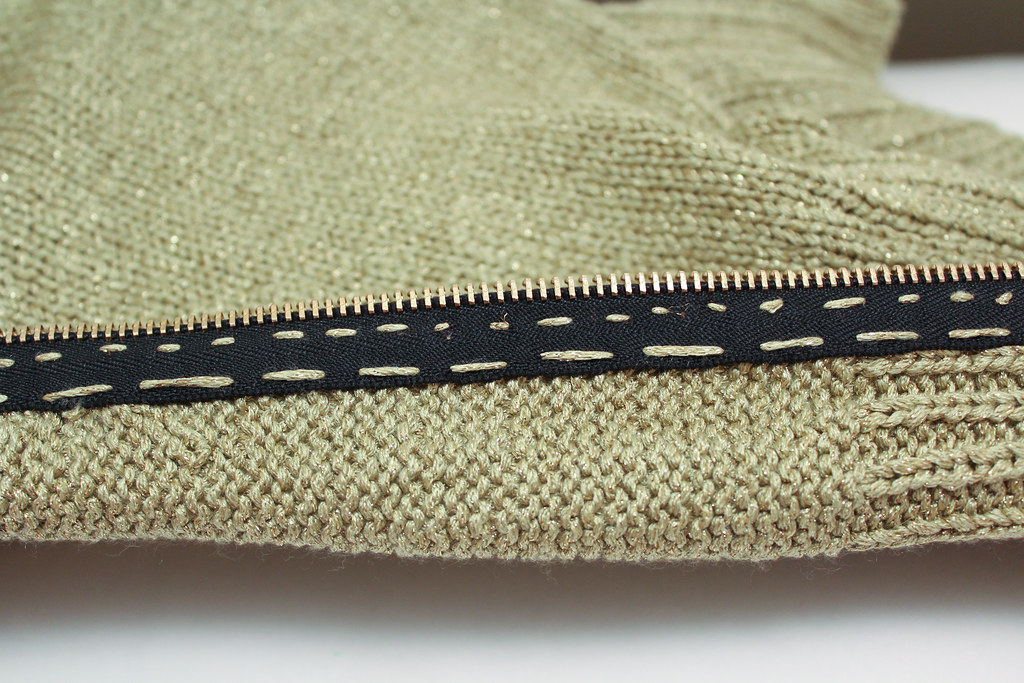
When I first spoke to the young lady, she admitted that she had gotten in touch with a few other finishers, and none of them could take on an item so large. She estimated that the finished piece would be about 10 by 10 feet. I have to admit, I went through the house with a measuring tape, measuring each room in my house to see if I could fit something so large. Luckily, our kitchen with all the furniture out would work. It was 14×14 feet – which would give me just enough room to be able to walk around it when the piece was laid out.



















